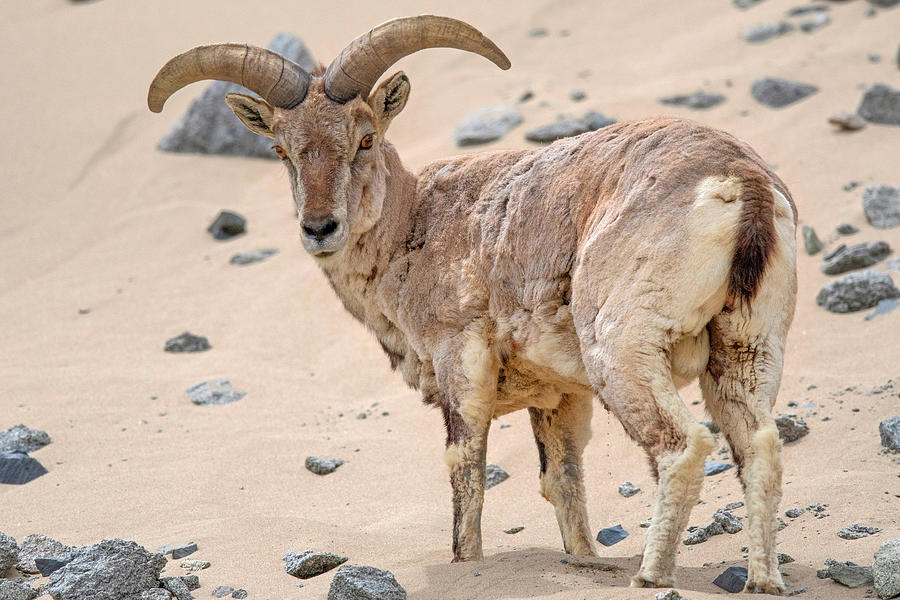
Blue Sheep or bharal, Pseudois nayaur, Ladakh Photograph by Yogesh Bhandarkar Pixels
Bharal, Himalayan blue sheep Taxonomy Pseudois nayaur [Hodgson, 1833]. Citation: Asiat. Res., 18 (2):135. Type locality: Nepal, Tibetan frontier. Click on the pictures above for a larger view of the photographs General Characteristics Body Length: 115-165 cm / 3.8-5.5 ft. Shoulder Height: 75-90 cm / 2.5-3 ft. Tail Length: 10-20 cm / 4-8 in.
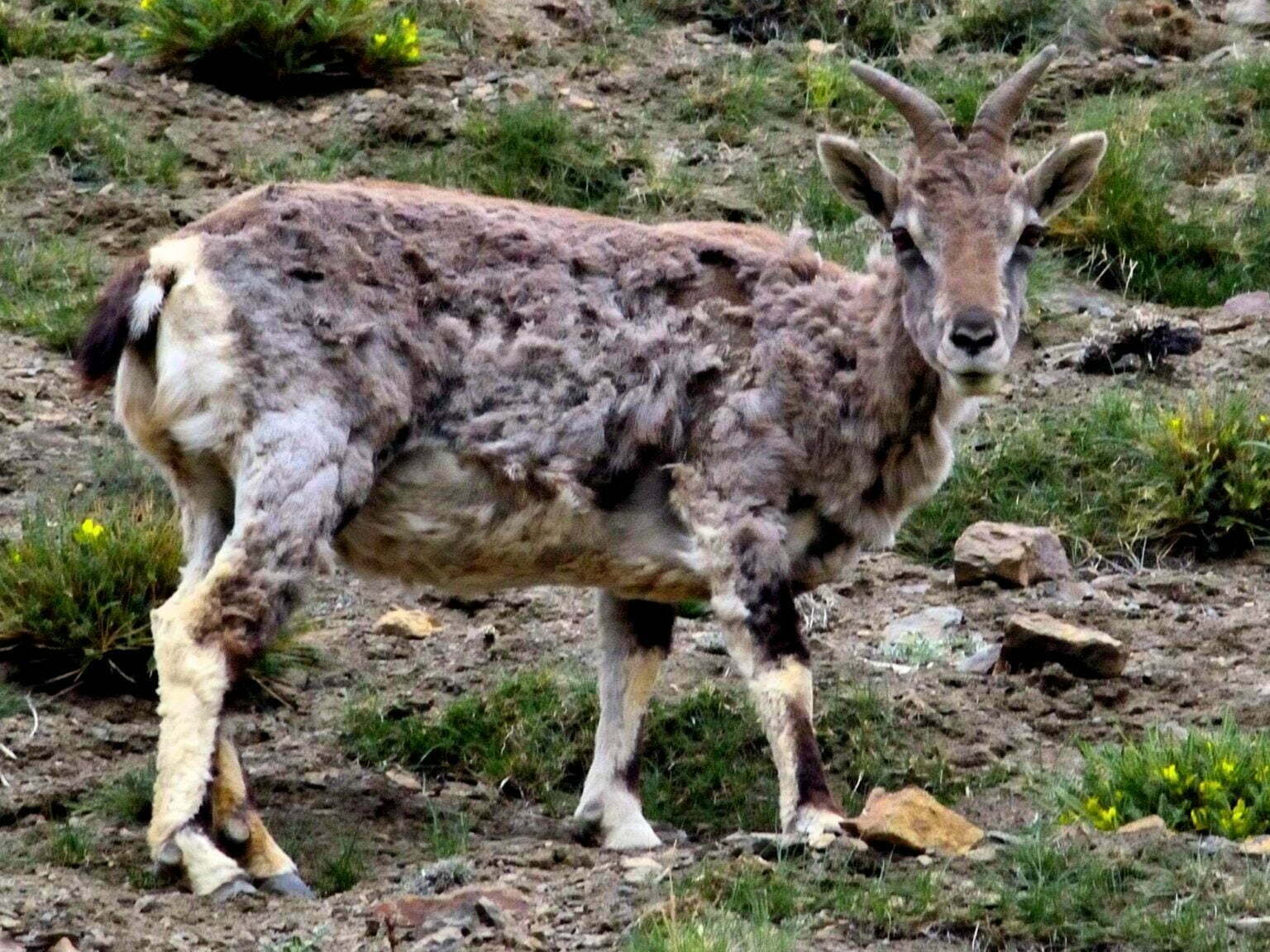
Himalayan blue sheep / Bharal (Pseudois nayaur) Naur Whizzed Net
1,200 to 6,000 m to ft Physical Description Blue Sheep possess a stocky body and stout legs, with robust shoulders and a broad chest (Wang and Hoffman 1987). Their pelage ranges from grayish brown to slate blue (Schaller 1998), hence the common name blue sheep.
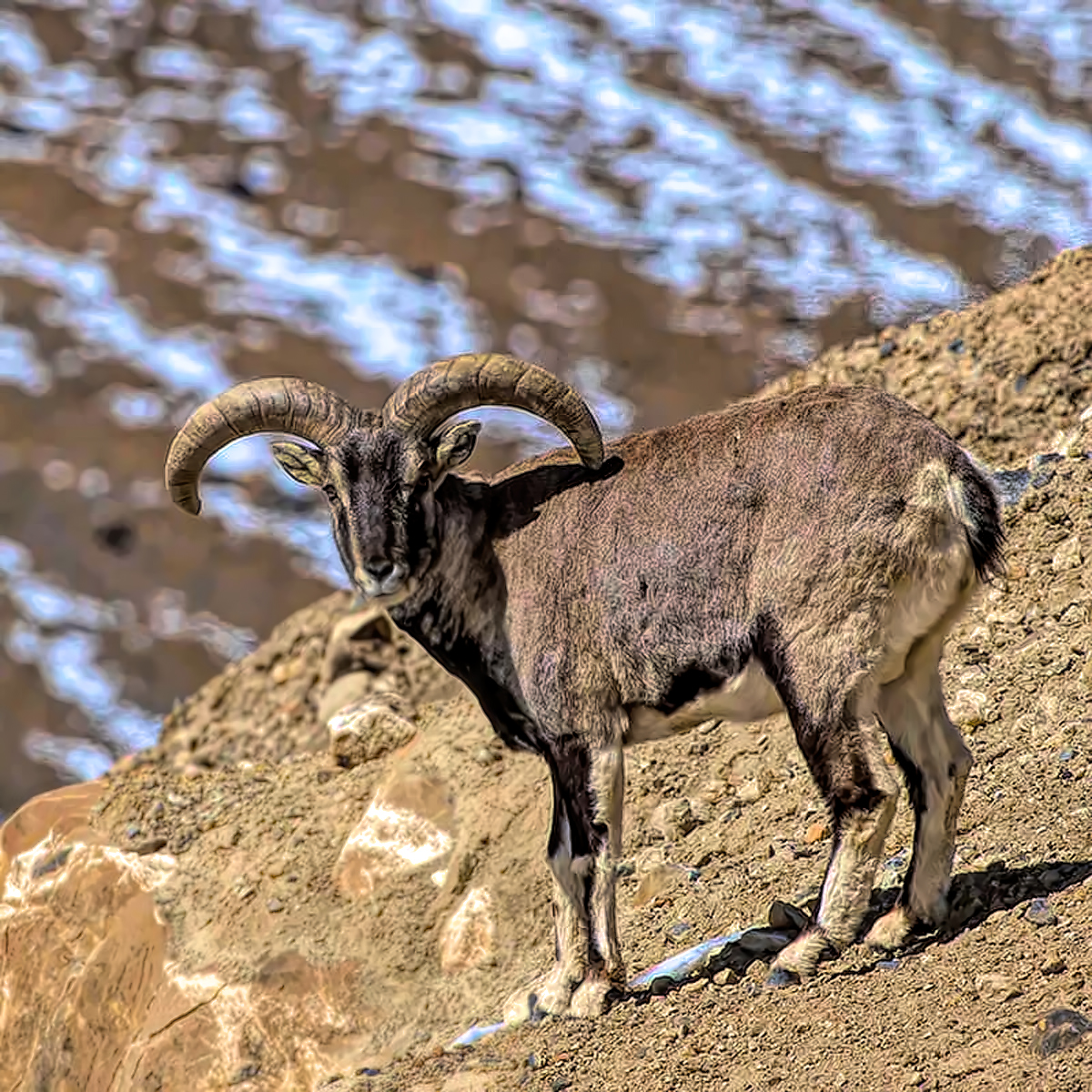
Himalayan Blue Sheep Hunt Quality Hunts
The 'Bharal' or 'Himalayan Blue Sheep' (Pseudois nayaur) is endemic to the Himalayan and Tibetan Regions.There are gaps in the available database for the blue sheep mitogenome sequencing from the Indian region. We sequenced and characterized the whole mitogenome of one blue sheep individual using the Illumina Nova-seq 6000 platform, which was 16,718 bp in length.
Himalayan Blue Sheep Photos, Diagrams & Topos SummitPost
The bharal ( Pseudois nayaur ), also called the blue sheep, is a caprine native to the high Himalayas. It is the only member of the genus Pseudois. [3] It occurs in India, Bhutan, China (in Gansu, Ningxia, Sichuan, Tibet, and Inner Mongolia ), Myanmar, Nepal, and Pakistan. [1]

ANI02000129 Joel Sartore
The bharal or Himalayan blue sheep or naur ( Pseudois nayaur) is a caprid found in the high Himalayas of India, Nepal, Bhutan, Tibet, and Pakistan. Its native names include bharal, barhal, bharar and bharut in Hindi, na or sna in Ladakh, nabo in Spitian, naur in Nepali and na or gnao in Bhutan. Sources and Credits
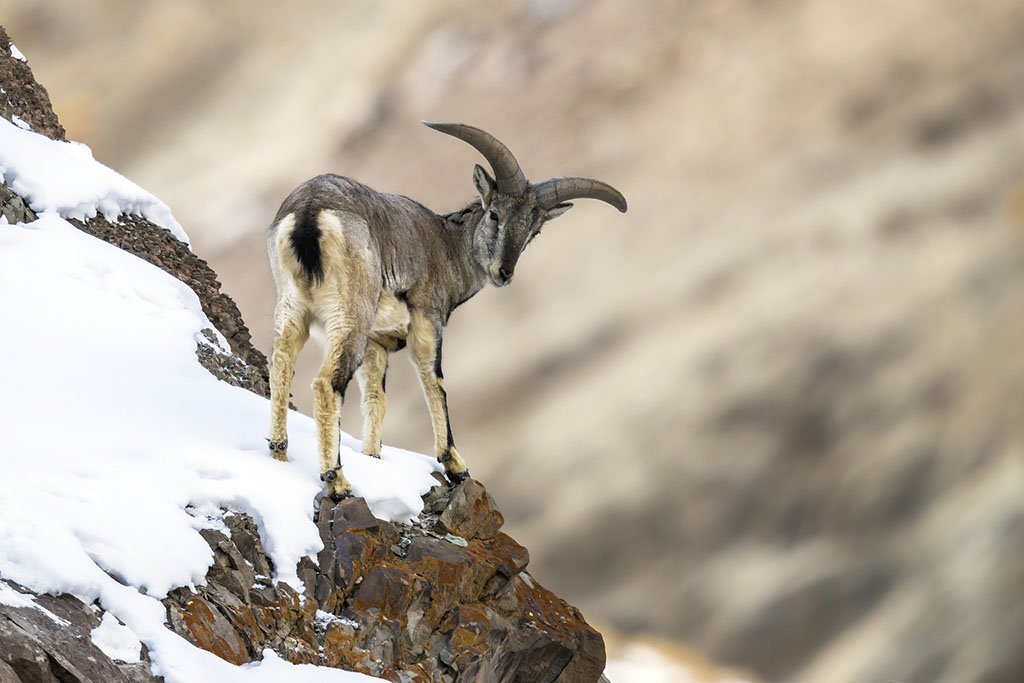
Himalayan Blue Sheep in Himalayas
Although it is commonly called a blue sheep, this stocky prey of the snow leopard is taxonomically between a sheep and a goat and is the only animal in the genus Pseudois. In Peter Mathiessen's book The Snow Leopard, the bharal originally drew him and researcher George Schaller into the Himalayas.
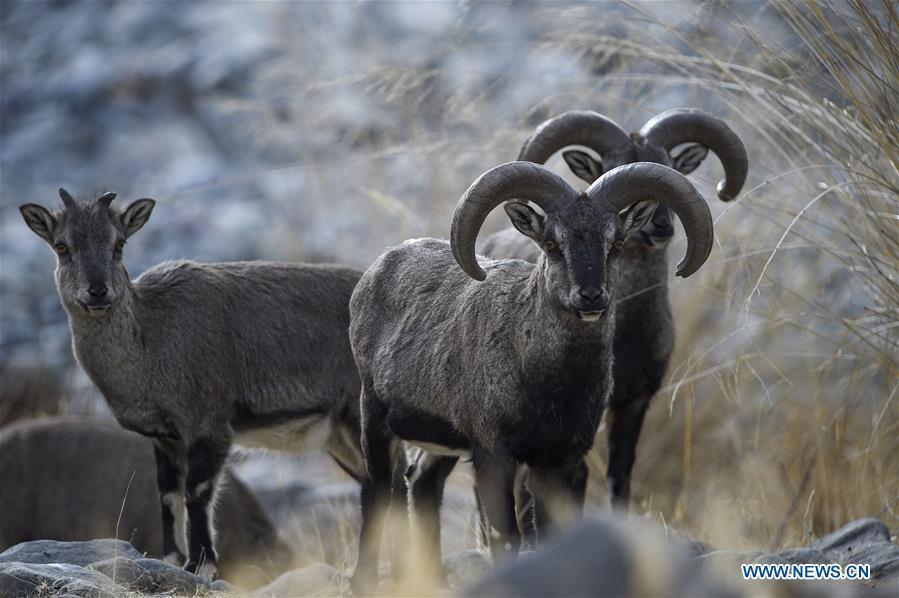
Bharal seen at Helan Mountain National Nature Reserve in Ningxia
Bharal - the goat-antelope of Himalayas | India VideoPopularly known as Himalayan Blue sheep, bharal is a goat-antelope or caprid found in the high Himalayan.

Himalayan Blue Sheep Facts, Habitat Roundglass Sustain
The bharal or Himalayan blue sheep ( Pseudois nayaur) is a mammal of the Caprinae subfamily. The bharal is found in the high Himalayas of Nepal, Tibet, China, Kashmir, Pakistan, Bhutan and the Republic of India . The bharal has horns that grow upwards, curve out and then towards the back, somewhat like an upside down mustache.

Himalayan Blue Sheep (Pseudois nayaur) in Hemis NP TransHimalayan Wildlife Behzad J. Larry
Horn length and circumference are 10-20% larger than the Chinese blue sheep, with the horns growing outward horizontally and downward. Remarks. The blue sheep tends to run in herds of tens and up to 200 animals. The Himalayan blue sheep of Pakistan are hunted up to 15,000 feet, where the blue sheep in Nepal are hunted up to 16,500 feet.
Himalayan Blue Sheep Photos, Diagrams & Topos SummitPost
Himalayan blue sheep. Listed as a species of least concern on the IUCN red list, the Himalayan blue sheep, or Pseudois nayaur, is found in Bhutan, China, northern India, northern Myanmar, Nepal and northern Pakistan. Known as bharal in Hindi or naur in Nepali, the rams weigh up to 75kg, and are slightly larger than females.

Instagram photo by Sajit Cintury • May 25, 2016 at 944am UTC Sheep, Photo, Survival
Himalayan Blue Sheep. is 115 to 165 cm long lengthways the head-and-body, with a tail of 10 to 20 cm. Their height is 69 to 91 cm. Body mass can of Blue Sheep range from 35 to 75 kg. Males are marginally larger than females. The short, dense coat is slate grey in colour, sometimes with a bluish shine. The underparts and backs of the legs are.

Bharal The bharal or Himalayan blue sheep or naur is a caprid found in the high Himalayas of
For your information, this Himalayan animal is neither a sheep nor blue in color. The male (60-75 kg) is larger than the female (35-45 kg). The adult males have large, backward-sweeping horns, which usually are over 50 cm long and weigh 7-9 kg. Compared to this, female blue sheep have relatively small horns.

The Bharal Or Himalayan Blue Sheep Photograph by Anton Jankovoy
Home Mammals Bharal Bharal Himalayan blue sheep, Naur, Barhal, Bharar, Bharut, Na, Sna, Nabo, Gnao , Blue sheep 13 languages Kingdom Animalia Phylum Chordata Subphylum Vertebrata Class Mammalia Order Artiodactyla Family Bovidae Subfamily Caprinae Genus Pseudois SPECIES Pseudois nayaur Population size 47-414 Thou Life Span 12-15 years Weight 35-75
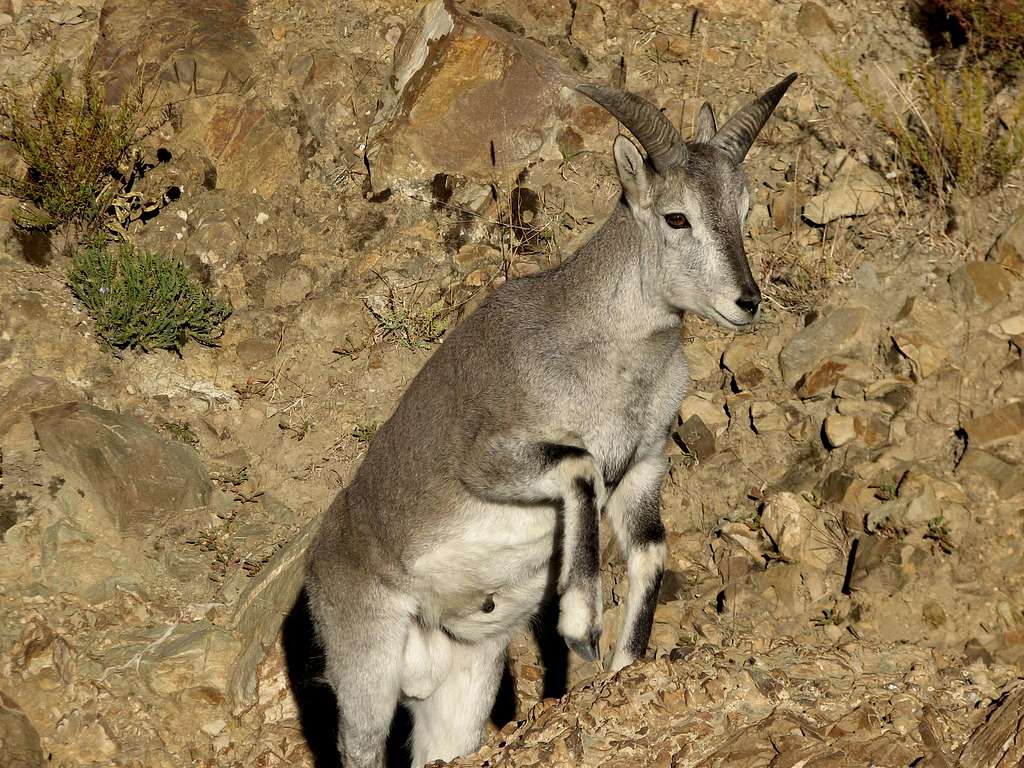
Himalayan Blue Sheep Photos, Diagrams & Topos SummitPost
1. Blue sheep This mountain specialist is also known by several different names. In Urdu, the name Bharal means 'wild sheep', which is pretty much exactly what it is. But it's also known as the Great Blue Sheep, which is somewhat more debatable, as it's a remarkably grey animal in most cases.
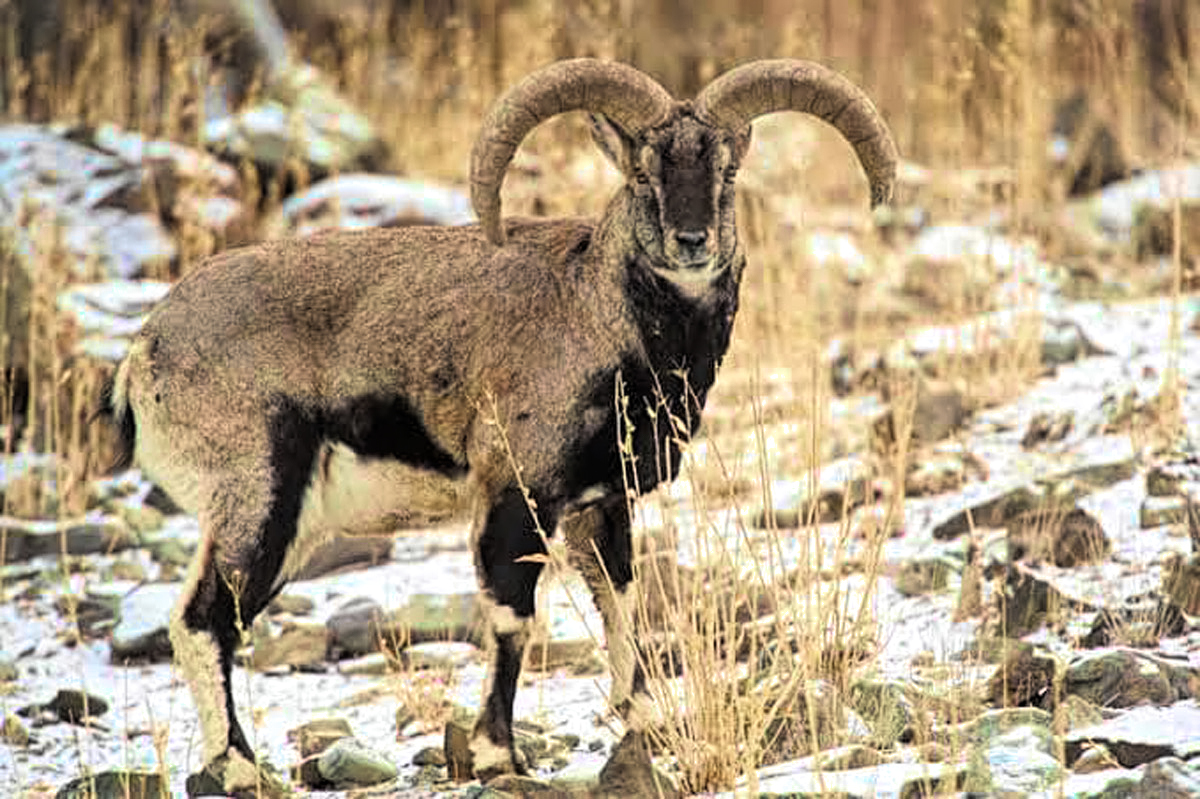
Himalayan Blue Sheep Hunt Quality Hunts
The bharal or Himalayan blue sheep is found in higher himalayas. Bharal are active throughout the day, alternating between feeding and resting on the grassy mountain slopes. The bharal is categorised as Least Concern by the IUCN The Himalayan Blue Sheep grazing around the Himalayas, between Bugyals.
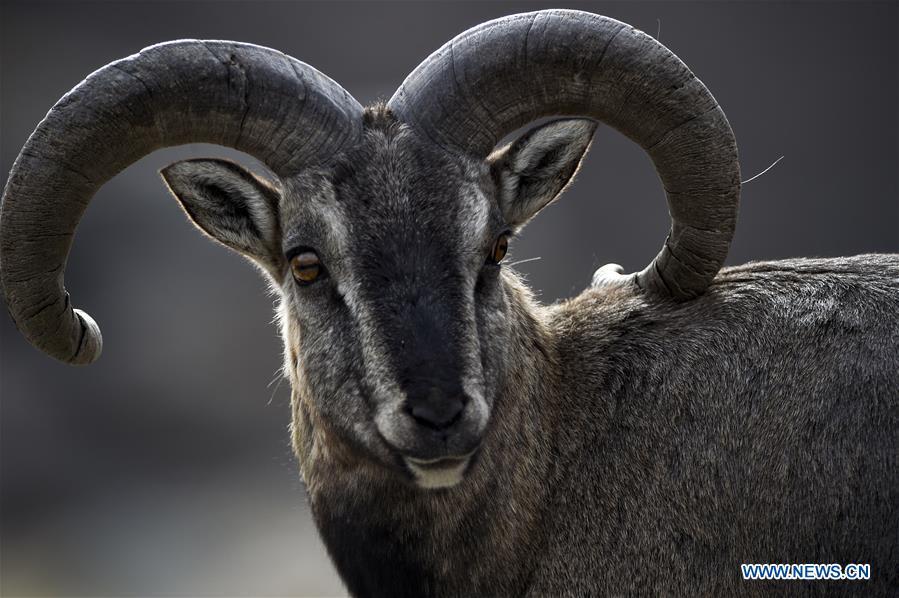
Bharal seen at Helan Mountain National Nature Reserve in Ningxia
Find us on facebook: http://www.facebook.com/highlandwildlifeparkBharal have excellent camouflage in their rocky Himalayan home and will stand motionless whe.